McDonald’s Apologizes for Mental-Health Parody Ad It Says It Didn’t Approve
Posted in: Uncategorized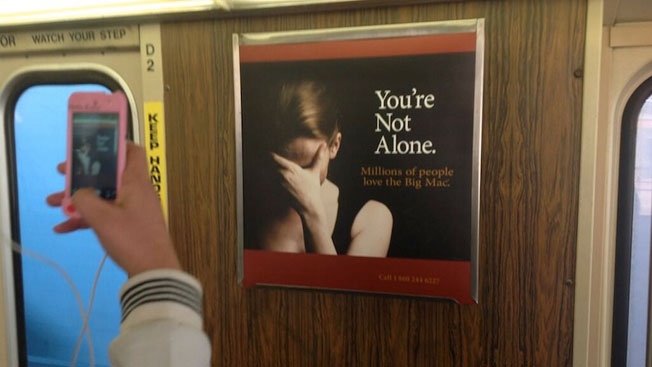
Are you addicted to the Big Mac, or can you stop anytime you want? Whatever your emotional issues with the burger, McDonald's is distancing itself from the mental-health parody ad above, which appeared on Boston's mass transit this month. (The 800 number on the ad is a McDonald's corporate line.) In a statement to Time magazine, Nicole DiNoia, a McDonald's rep for the Boston area, says the ad was "not approved by McDonald's" and that "we asked that it be taken down immediately." She adds: "We have an approval process in place with our marketing and advertising agencies to ensure that all advertising content is consistent with our brand values. Regrettably, in this incident, that process was not followed. We sincerely apologize for this error." Sounds like maybe a local agency rolled out the work without proper approval? We left a message with DiNoia—hopefully she can clarify. The ad was part of a series—another showed two corporate drones high-fiving just thinking about a Quarter Pounder with Cheese. Mental health is a particularly touchy subject for marketers, as last year's 7-Eleven fiasco reminded us. Photo via.
UPDATE: Arnold in Boston created the ad. McDonald's sent us the following statement, which is attributed to Arnold president Pam Hamlin: "Arnold apologizes for its mistake to McDonald's and to anyone who was offended by the ad. McDonald's did not approve the ad, and its release was our unintended error. We've addressed the issue and have improved our approval process to ensure this does not happen in the future."
![]()






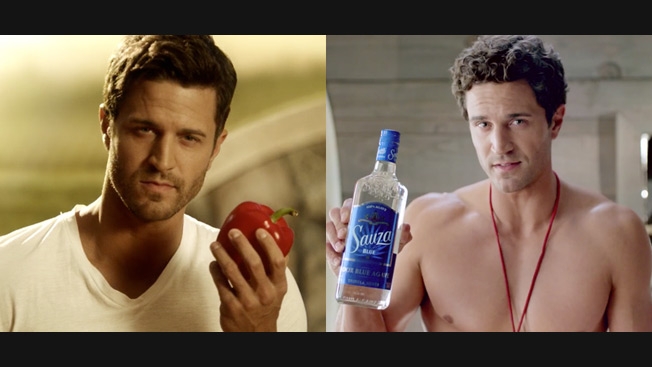


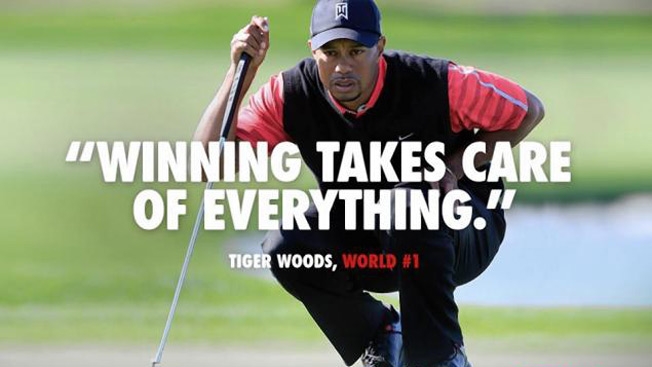
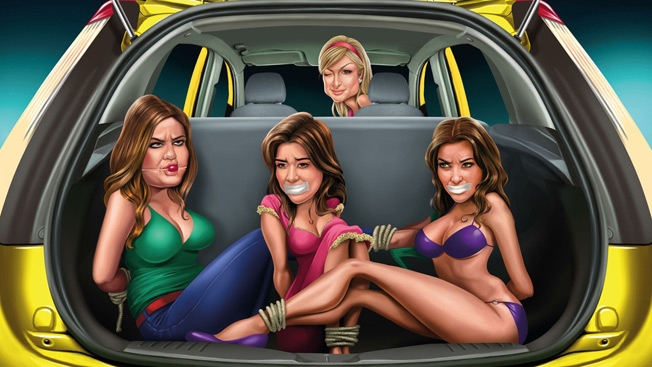


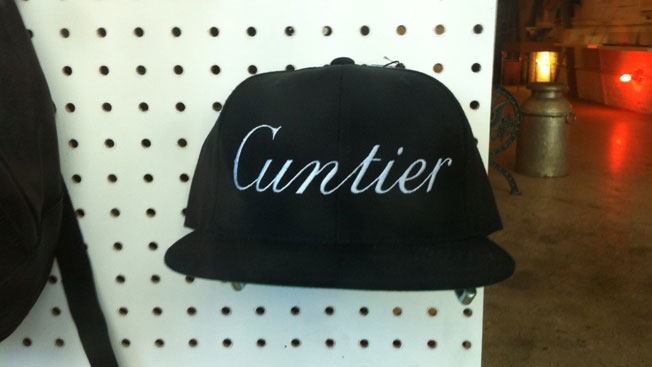
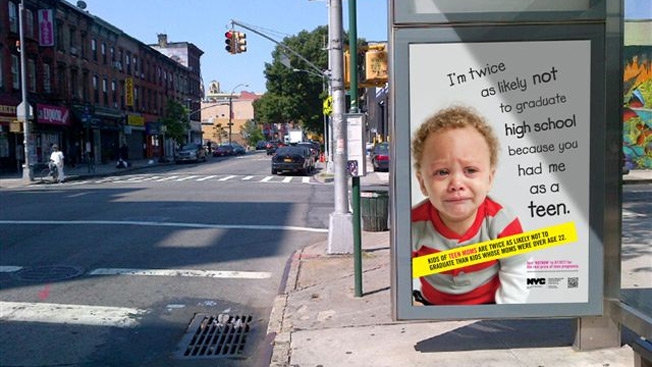

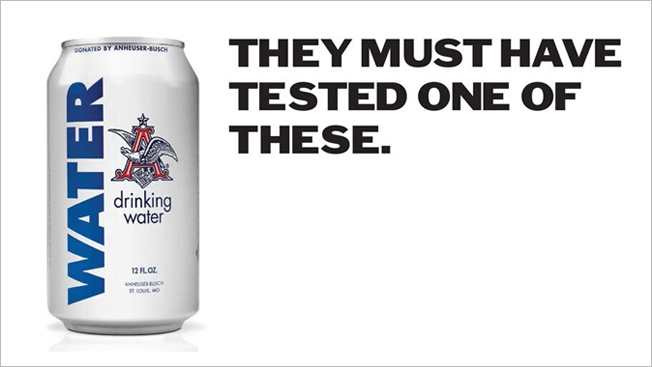
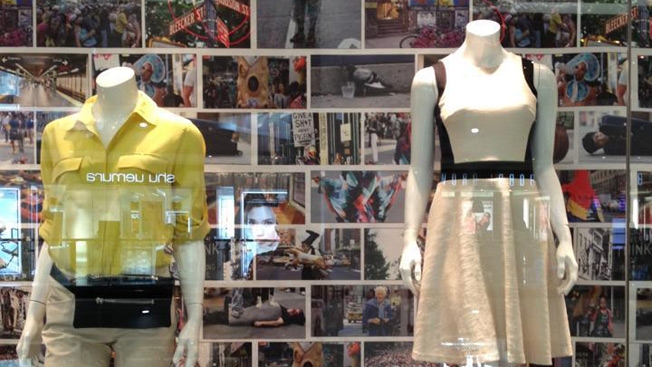
 Life just keeps getting weirder and weirder. One day, boobs are good; the next, they’re banned in Britain on billboards for their portrayal of headlamps. Britain is the last place you would think the girls would be put away. Britain is (in)famous for its portrayal of plunging-cleavage shots on TV shows such as
Life just keeps getting weirder and weirder. One day, boobs are good; the next, they’re banned in Britain on billboards for their portrayal of headlamps. Britain is the last place you would think the girls would be put away. Britain is (in)famous for its portrayal of plunging-cleavage shots on TV shows such as
 In case you were unaware, the competition for the 2016 Olympics host city’s been won and the waiting is over.
In case you were unaware, the competition for the 2016 Olympics host city’s been won and the waiting is over. Competition between Rio and Chicago was especially fierce, and accusations of unfair play were voiced by both sides: One of the larger controversies a website
Competition between Rio and Chicago was especially fierce, and accusations of unfair play were voiced by both sides: One of the larger controversies a website 

















